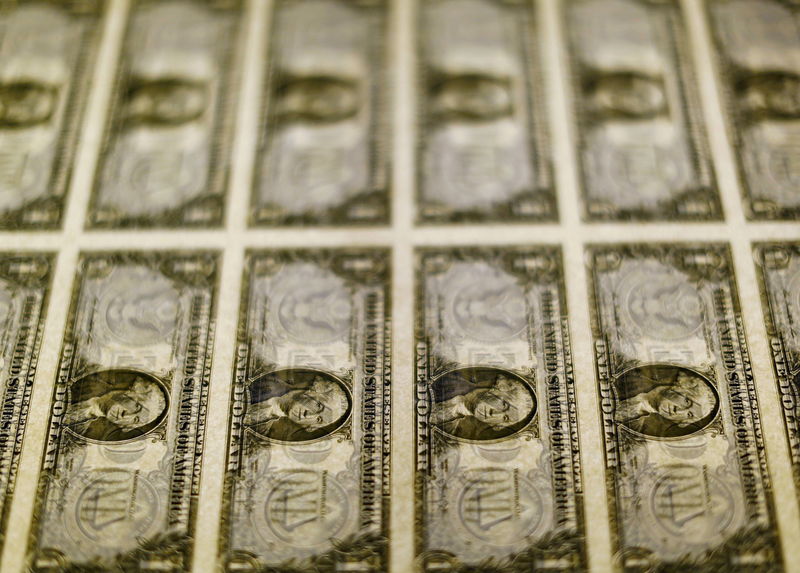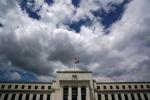
- All Instrument Types
- Indices
- Equities
- ETFs
- Funds
- Commodities
- Currencies
- Crypto
- Bonds
- Certificates
Please try another search

Asia FX creeps lower, dollar firm as China rate cut gives little support
 © Reuters.
© Reuters.
Investing.com-- Most Asian currencies crept lower on Tuesday amid persistent concerns over a slowing Chinese economic recovery and higher-for-longer U.S. interest rates, while the dollar edged up and remained near three-month highs.
The People’s Bank of China cut its benchmark five-year loan prime rate by a bigger-than-expected 25 basis points to 3.95%, a record low. But the move provided little cheer to Asian markets, given that it also underscored increasing government anxiety over an economic slowdown in Asia's biggest economy.
The yuan fell slightly after the move, although bigger losses in the currency were held back by a stronger-than-expected midpoint fix from the PBOC.
Still, the yuan remained close to its weakest level in three months, and was also close to breaking above the 7.2 level to the dollar.
Broader Asian currencies were still reeling from a string of stronger-than-expected U.S. inflation readings from last week, which put the dollar within sight of a three-month high. But the greenback saw few cues for movement from a U.S. holiday on Monday.
The dollar index and dollar index futures both rose 0.1% each in Asian trade, buoyed by the prospect of higher-for-longer U.S. interest rates in 2024.
The Japanese yen was among the worst-hit by recent fears of higher U.S. rates, with the currency weakening past the 150 level on Tuesday. The prospect of a slow exit from the Bank of Japan’s ultra-dovish monetary stance also put pressure on the yen.
Still, the yen found some support around 150 as traders watched for any potential intervention in currency markets by the Japanese government. Breaks above 150 have attracted government intervention in the past, with officials also offering verbal warnings on any such moves last week.
The Australian dollar fell 0.1%, even as the minutes of the Reserve Bank of Australia’s February meeting showed the bank still remained inclined towards hiking interest rates further to curb sticky inflation.
But the RBA also said that it was prepared to loosen monetary conditions swiftly if the Australian economy cooled too quickly due to pressure from high rates.
The RBA had kept rates steady at 4.35% earlier in February, but had struck an unexpectedly hawkish tone- which offered some support to the Aussie.
Among other Asian currencies, the Singapore dollar fell 0.1%, while the South Korean won fell 0.3%.
The Indian rupee firmed slightly below the 83 level, but still remained vulnerable.
Related Articles
Are you sure you want to block %USER_NAME%?
By doing so, you and %USER_NAME% will not be able to see any of each other's Investing.com's posts.
%USER_NAME% was successfully added to your Block List
Since you’ve just unblocked this person, you must wait 48 hours before renewing the block.
I feel that this comment is:
Thank You!
Your report has been sent to our moderators for review



 Author
Author
Add a Comment
We encourage you to use comments to engage with other users, share your perspective and ask questions of authors and each other. However, in order to maintain the high level of discourse we’ve all come to value and expect, please keep the following criteria in mind:
Enrich the conversation, don’t trash it.
Stay focused and on track. Only post material that’s relevant to the topic being discussed.
Be respectful. Even negative opinions can be framed positively and diplomatically. Avoid profanity, slander or personal attacks directed at an author or another user. Racism, sexism and other forms of discrimination will not be tolerated.
Perpetrators of spam or abuse will be deleted from the site and prohibited from future registration at Investing.com’s discretion.